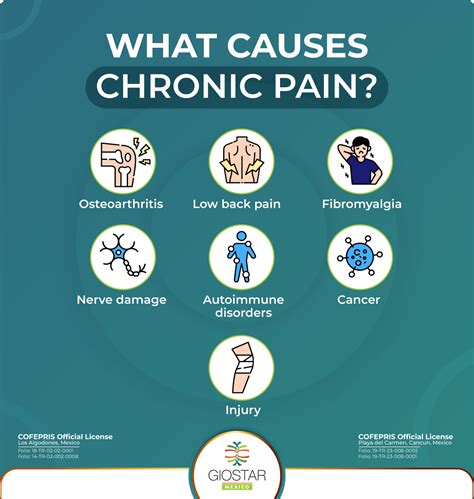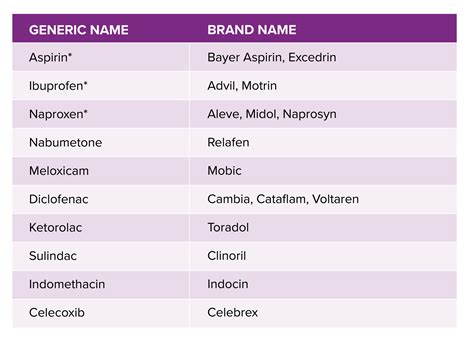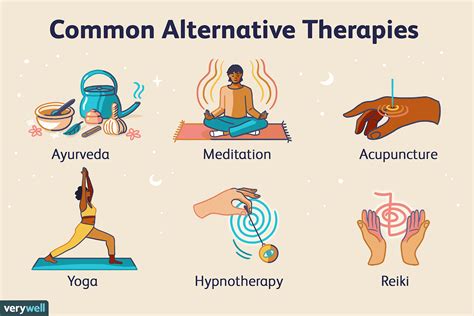Intro
Discover effective Chronic Pain Relief Medication options, including prescription drugs, alternative therapies, and natural remedies, to manage chronic pain symptoms, inflammation, and discomfort, and improve overall well-being.
Chronic pain is a debilitating condition that affects millions of people worldwide, impacting their quality of life, relationships, and overall well-being. The management of chronic pain is a complex issue, and finding effective relief can be a daunting task. With the rise of opioid addiction and abuse, the search for alternative chronic pain relief medications has become increasingly important. In this article, we will delve into the world of chronic pain relief medications, exploring their benefits, working mechanisms, and potential risks.
The importance of chronic pain relief medications cannot be overstated. Chronic pain can lead to depression, anxiety, and sleep disturbances, making it essential to find effective treatments. The market for chronic pain relief medications is vast, with numerous options available, including prescription medications, over-the-counter (OTC) medications, and alternative therapies. However, with so many options available, it can be challenging to determine which medication is best suited for a particular individual.
Chronic pain relief medications can be broadly categorized into several classes, including opioids, non-steroidal anti-inflammatory drugs (NSAIDs), antidepressants, and anticonvulsants. Each class of medication has its unique benefits and risks, and understanding these differences is crucial for making informed decisions. In the following sections, we will explore each of these classes in more detail, examining their working mechanisms, potential side effects, and effectiveness in managing chronic pain.
Understanding Chronic Pain

Types of Chronic Pain
There are several types of chronic pain, including: * Nociceptive pain: caused by tissue damage or inflammation * Neuropathic pain: caused by nerve damage or dysfunction * Psychogenic pain: caused by psychological or emotional factors * Idiopathic pain: caused by unknown factors Understanding the type of chronic pain is essential for developing effective treatment plans.Opioids for Chronic Pain Relief

Risks and Benefits of Opioids
The benefits of opioids for chronic pain relief include: * Effective pain relief for severe chronic pain * Rapid onset of action * Available in various formulations, including oral, injectable, and transdermal However, the risks of opioids include: * Addiction and dependence * Overdose and respiratory depression * Constipation, nausea, and vomiting * Interactions with other medicationsNon-Steroidal Anti-Inflammatory Drugs (NSAIDs)

Benefits and Risks of NSAIDs
The benefits of NSAIDs include: * Effective pain relief for mild to moderate chronic pain * Anti-inflammatory effects * Available over-the-counter and by prescription However, the risks of NSAIDs include: * Gastrointestinal side effects, such as ulcers and bleeding * Kidney damage and increased blood pressure * Interactions with other medicationsAntidepressants for Chronic Pain Relief

Benefits and Risks of Antidepressants
The benefits of antidepressants include: * Effective pain relief for certain types of chronic pain * Improved mood and sleep quality * Available in various formulations, including oral and injectable However, the risks of antidepressants include: * Side effects, such as nausea, dizziness, and dry mouth * Interactions with other medications * Withdrawal symptoms when stopping treatmentAnticonvulsants for Chronic Pain Relief
Benefits and Risks of Anticonvulsants
The benefits of anticonvulsants include: * Effective pain relief for certain types of chronic pain * Improved mood and sleep quality * Available in various formulations, including oral and injectable However, the risks of anticonvulsants include: * Side effects, such as dizziness, drowsiness, and nausea * Interactions with other medications * Withdrawal symptoms when stopping treatmentAlternative Therapies for Chronic Pain Relief

Benefits and Risks of Alternative Therapies
The benefits of alternative therapies include: * Effective pain relief for certain types of chronic pain * Improved mood and sleep quality * Low risk of side effects However, the risks of alternative therapies include: * Limited scientific evidence supporting their effectiveness * Potential interactions with other medications * Cost and accessibility issuesWhat are the most effective chronic pain relief medications?
+The most effective chronic pain relief medications vary depending on the individual and the type of pain. However, opioids, NSAIDs, antidepressants, and anticonvulsants are commonly used for managing chronic pain.
Are there any natural remedies for chronic pain relief?
+Yes, there are several natural remedies that can be effective for managing chronic pain, including acupuncture, massage, meditation, and herbal supplements such as turmeric and ginger.
Can chronic pain relief medications be addictive?
+Yes, some chronic pain relief medications, such as opioids, can be addictive. It is essential to use these medications as directed and under the guidance of a healthcare professional to minimize the risk of addiction.
In conclusion, chronic pain relief medications can be effective for managing chronic pain, but it is essential to approach their use with caution and under the guidance of a healthcare professional. By understanding the benefits and risks of different medications and alternative therapies, individuals can make informed decisions about their treatment options. We invite you to share your experiences and thoughts on chronic pain relief medications in the comments section below. Additionally, if you found this article informative, please consider sharing it with others who may benefit from this information.
